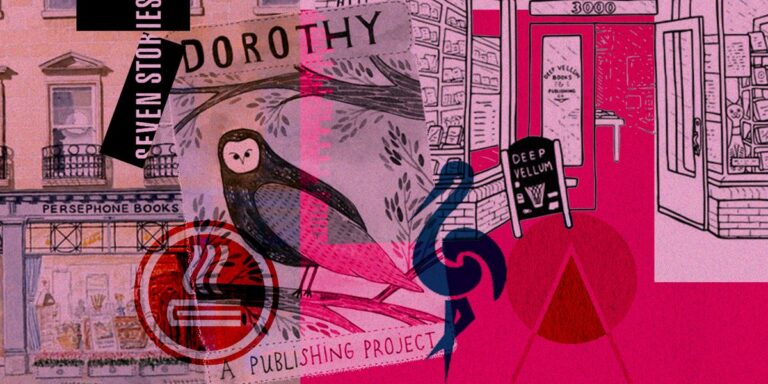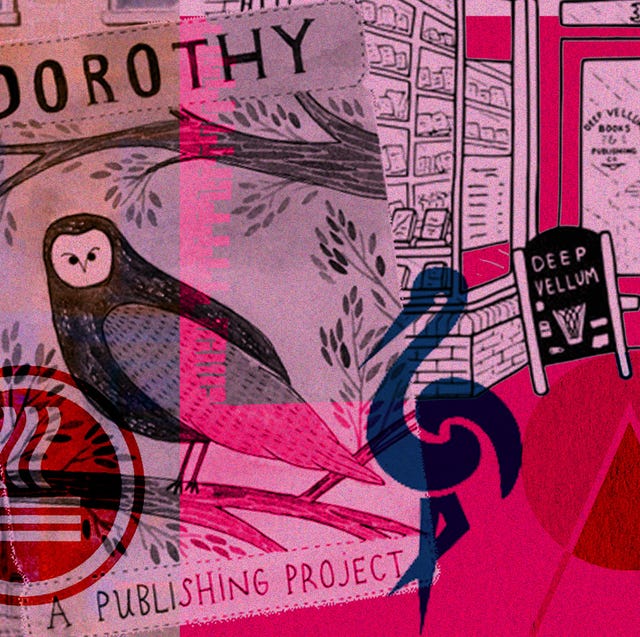The publishing landscape in the United States is dominated by five huge publishing houses that send their books all over the world. You’ll most likely recognize their names: Simon & Schuster, Penguin Random House, HarperCollins, Hachette Book Group, and Macmillan. These publishers make billions of dollars a year selling the country’s biggest books, and securing a contract with one of the Big Five is a dream for many authors. These institutions have more resources than smaller presses, which means bigger advances and more publicity, translating into (hopefully) more sales.
But these larger institutions suffer from the same problem as every other institutionalized system. Namely, they can be slower to change or experiment. There’s plenty of reporting on the ways the big publishers are starting to address inequity and diversity within their lists of authors, but luckily, the main institutions don’t run everything.
Roughly half of the publishing landscape is made up of small presses. Exact definitions can vary, but according to some, a small press is any publishing house that makes less than $50 million and isn’t owned by one of the Big Five. Many small presses keep vital corners of literature alive, making sure local, translated, and experimental work is available to readers alongside the many safe, commercial bets that big publishers make.
Aside from simply making books available to readers, small presses are often centers of literary culture that offer opportunities to younger, more experimental writers. Many are based outside of New York and are intentional in their efforts to develop the local literary scene. Small presses are also important for diversifying the publishing landscape, especially when it comes to translated work. In the United States, they’re the champions of poetry, translations from across the globe, and perhaps more obscure books for a new audience, so we’re excited to share a few of our favorites!
Advertisement – Continue Reading Below




